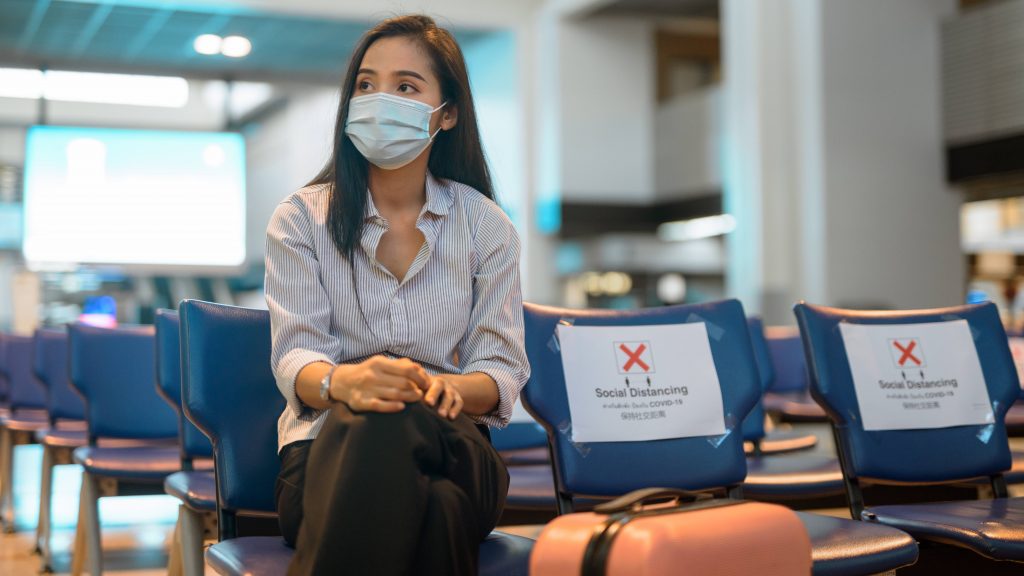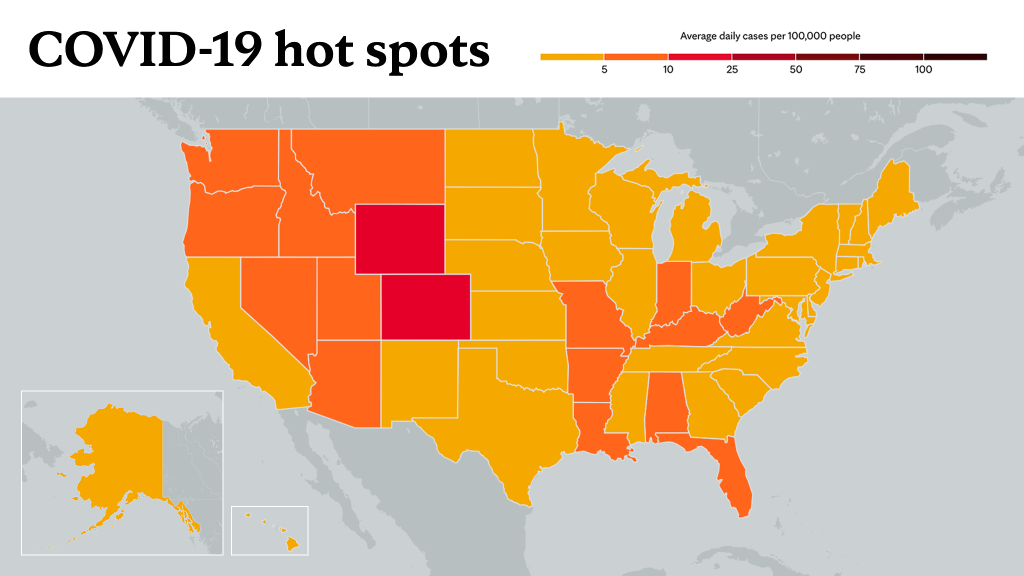
Experts say getting fully vaccinated is the most important step people can take to lower their risk of transmitting or getting infected with COVID-19. Even then, Dr. Stacey Rizza, a Mayo Clinic infectious diseases specialist, suggests travelers wear a mask, avoid congregated areas when possible and maintain good hand hygiene. These measures are especially important for travelers who are immunocompromised and may not have had a normal response to being vaccinated for COVID-19.
Watch: Dr. Stacey Rizza discusses travel tips for those who are immunocompromised.
Journalists: Broadcast-quality sound bites with Dr. Rizza are in the downloads at the end of the post. Please courtesy "Stacey Rizza, M.D./Infectious Diseases/Mayo Clinic."
"If somebody is immunocompromised and they are vaccinated but their physician feels that their immunocompromised state is such that they may not have responded fully to the vaccine, it makes sense for those people to still wear masks in public and try to avoid congregated settings, and just be a little more thoughtful about where they're going," says Dr. Rizza.
The Centers for Disease Control and Prevention suggests people delay any nonessential travel until they can be fully vaccinated for COVID-19. Dr. Rizza says regardless of one's vaccination status, people should not delay travel for specialty care.
"If you are vaccinated, then obviously that decreases the risk of any of the travel, but even if you're unvaccinated and you wear a mask, the hospitals are prepared. The hospitals are safe. It is important that people continue to maintain their health care, particularly if they have a need for specialty care," says Dr. Rizza.
Related posts:
____________________________________________
For the safety of its patients, staff and visitors, Mayo Clinic has strict masking policies in place. Anyone shown without a mask was either recorded prior to COVID-19 or recorded in a nonpatient care area where social distancing and other safety protocols were followed.
Information in this post was accurate at the time of its posting. Due to the fluid nature of the COVID-19 pandemic, scientific understanding, along with guidelines and recommendations, may have changed since the original publication date.
For more information and all your COVID-19 coverage, go to the Mayo Clinic News Network and mayoclinic.org.
Learn more about tracking COVID-19 and COVID-19 trends.








